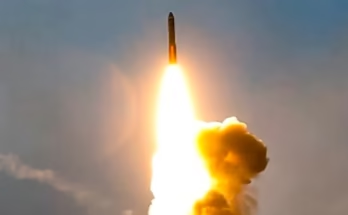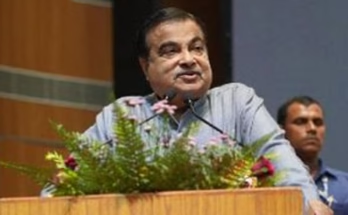 RNS: Meet Shanmuga Subramanian, a 33-year-old techie from Chennai who found the debris of Vikram Lander on moon surface which was dispatched in Chandrayaan-2 by Indian Space Research Organisation’s (ISRO).
RNS: Meet Shanmuga Subramanian, a 33-year-old techie from Chennai who found the debris of Vikram Lander on moon surface which was dispatched in Chandrayaan-2 by Indian Space Research Organisation’s (ISRO).
Shanmuga is a Mechanical Engineer, Blogger, App Developer and QA Engineer.
US space agency Nasa announced on Monday it had found the Chandrayaan-2 moon lander Vikram not far from where it was supposed to land in September, based on a tip from an Indian engineer.
According to the reports, Nasa, along with announcing the discovery of the debris, gave credit to Shanmuga and sent him an e-mail that his discovery had helped its Lunar Reconnaissance Orbiter Camera team locate the site of the primary impact, as well as other debris around the impact location.
Nasa, in a tweet, confirmed the news and released images of the impact site on Moon’s surface. Both Isro and Nasa were on the lookout for the debris.
Shanmuga said he had separately launched his own search as a “challenge” as even Nasa had seemed clueless at the time.
That led me to search for the Vikram lander; I don’t think Vikram lander would have made such an impact on the minds of the Indian public if it had landed successfully, he said. “Since, it was lost, there was a lot of discussion in public forums as well as on my Facebook regarding what malfunctioned etc,” he added.
HT reported: “Vikram Lander found,” said the headline of an announcement from Nasa’s Lunar Reconnaissance Orbiter Camera (LROC) center on its website, and acknowledged upfront the role played by Shanmuga Subramanian, a Chennai engineer who first alerted the center to the crash site.
“Thank you for your mail informing us of your discovery of Vikram lander,” read a more personal acknowledgment from John Keller, deputy project scientist at the Lunar Reconnaissance Orbiter Mission of Nasa.
“The LROC team confirmed that the location does exhibit changes in images taken before and after the date of the landing.” LROC is a system of three cameras mounted on the orbiter that captures high resolution black-and-white images of the lunar surface.
Working on that tip, the LROC looked around the area pointed out by Subramanian and, it said, located the site of the primary impact as well as other debris around the impact location.
The Indian Space Research Organisation (ISRO) had lost touch with the lander shortly before its scheduled landing on September 7, which was to be a major milestone for India’s space programme and a marker of its growing international stature as one of a handful of countries to have reached the Moon.
[Nasa image, released on December 3, shows the precise spot on the Moon’s surface where Vikram, the lander deployed in India’s Chandrayaan-2 mission, hard-landed in early September.
Vikram went incommunicado shortly before its scheduled touchdown near the lunar south pole. A tense nation watched as the Isro control room’s mood of cheerful anticipation evaporated. The prime minister was on hand to offer words of comfort.
“Despite the loss, getting that close to the surface was an amazing achievement,” Nasa said in a statement describing the new images of the Vikram impact site.]



